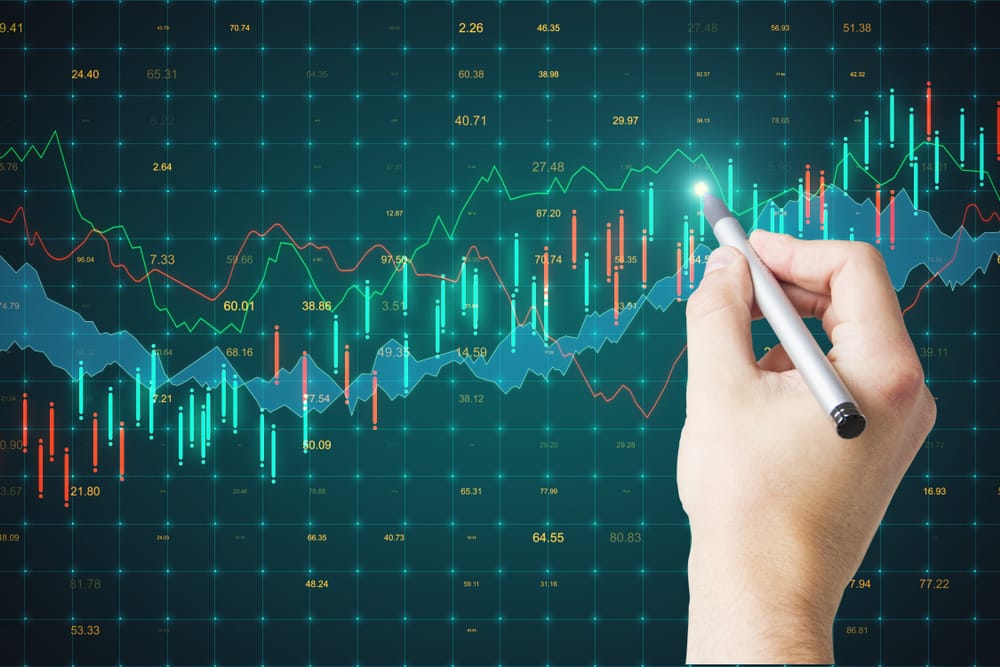Migration Fear Index for France
This dataset tracks migration fear index for france over time.
Latest Value
161.65
Year-over-Year Change
-53.76%
Date Range
1/1/1990 - 10/1/2019
Summary
The Migration Fear Index for France measures public sentiment toward immigration and migration policy in the country. This metric is closely watched by policymakers and analysts to gauge social and political attitudes.
Analysis & Context
This economic indicator provides valuable insights into current market conditions and economic trends. The data is updated regularly by the Federal Reserve and represents one of the most reliable sources for economic analysis.
Understanding this metric helps economists, policymakers, and investors make informed decisions about economic conditions and future trends. The interactive chart above allows you to explore historical patterns and identify key trends over time.
About This Dataset
The Migration Fear Index tracks the level of public concern and unease about immigration and migration trends in France. It is based on analysis of media coverage, social media, and survey data to quantify the degree of popular anxiety or apprehension regarding migration.
Methodology
The index is calculated by a private research firm using a proprietary algorithm to analyze news articles, social posts, and opinion polls.
Historical Context
This index is used by government agencies, think tanks, and market analysts to contextualize policy debates and forecast political shifts related to migration issues.
Key Facts
- The index ranges from 0 to 100, with higher values indicating greater public anxiety.
- France has seen a steady rise in the index since 2015 amid debates over refugee policies.
- Historically high index levels have preceded shifts in French electoral politics.
FAQs
Q: What does this economic trend measure?
A: The Migration Fear Index for France quantifies public sentiment and anxiety regarding immigration and migration policy in the country.
Q: Why is this trend relevant for users or analysts?
A: This metric is closely watched by policymakers, analysts, and investors to gauge social and political attitudes that could impact policy decisions and market conditions.
Q: How is this data collected or calculated?
A: The index is calculated by a private research firm using a proprietary algorithm to analyze news articles, social media posts, and opinion poll data.
Q: How is this trend used in economic policy?
A: Government agencies, think tanks, and market analysts use this index to contextualize policy debates and forecast political shifts related to migration issues.
Q: Are there update delays or limitations?
A: The index is published on a monthly basis, but there may be lags in data collection and processing that impact the timeliness of the metric.
Related News

U.S. S&P 500 Represents New Market Normal, Says BofA Analysis
S&P 500 Unveils 'New Normal' in U.S. Equity Markets The S&P 500evident in recent performance trends, which is a major index in the world of U.S. stocks, may now be signaling what Bank of America calls a 'new normal' in U.S. equity markets. Defining the 'New Normal' in the S&P 500 The 'new normal' represents a transformative phase where traditional valuation norms are shifting. Amidst high points and sustained growth in the S&P 500to be heavily influenced by changing valuation metrics, such a

U.S. GDP Growth to Slow Due to Tariffs and Immigration Policies
How Tariffs and Immigration Policies Influence U.S. GDP Growth in 2025 The U.S. GDP is a fundamental gauge of the country's economic health. Recent forecasts have raised concerns about a GDP slowdown, suggesting that trade tariffs and lower immigration might be key factors. According to economic forecasts and OECD reports, these issues are becoming centers of focus. Trade policies and immigration rules heavily impact the economic prediction landscape. Challenged by decreasing GDP figures, trade

US economic growth slows amid rising inflation concerns
US Economic Growth Slows Amid Inflation and Rising Interest Rates The US economy, a crucial indicator of its global standing, is facing a slow growth trajectory. Recent data suggest that inflationary pressures and rising interest rates are the chief culprits in this deceleration. With the Consumer Price Index reflecting heightened inflation and the Federal Reserve adjusting interest rates, the interplay of these factors raises significant concerns for economic stability. These developments furt

S&P 500 hits record as U.S. producer prices fall
S&P 500 Reaches Record High as U.S. Producer Prices Decline The S&P 500 reaching a record high suggests a notable moment in market history, particularly as the U.S. Producer Price Index (PPI) shows a downward trend. The link between the stock markets and producer prices demonstrates how interconnected these financial indicators can be. Falling PPI numbers might seem positive, yet they can signal underlying market changes. These shifts invite investors to recalibrate their approaches in response

US Fed rate cut depends on upcoming CPI inflation report
How the CPI Inflation Report Could Shape the Next Fed Rate Cut Decision The Consumer Price Index (CPI) inflation report plays a vital role in shaping U.S. economic policy, particularly concerning the Federal Reserve's decisions. As the primary measure of inflation for urban consumers, understanding CPI figures can steer expectations about potential rate cuts. This report influences a host of financial metrics including interest rates, US inflation, and the overall health of financial markets. A

U.S. Treasury yields fall after unexpected PPI decline
Exploring the Impact of Treasury Yields After an Unexpected PPI Decline Treasury yields have seen a noticeable decline following an unforeseen drop in the Producer Price Index (PPI), which signals a shift in economic expectations. Treasury yields, reflecting the return on investment for U.S. government bonds, serve as key indicators of economic health. An unexpected decline in the PPI, a measure of wholesale inflation, has led to immediate implications on these yields. This also puts the spotli
Related Trends
Consumer Price Index for All Urban Consumers: All Items in U.S. City Average
CPIAUCNS
Capacity Utilization: Total Index
TCU
Commercial and Industrial Loans, All Commercial Banks
TOTCI
Share of Foreign Born in Home Owners Loan Corporation (HOLC) Neighborhood A
RLMSHFBHOLCNA
Home Ownership Rate in Home Owners Loan Corporation (HOLC) Neighborhood C
RLMSHHORHOLCNC
Share of Foreign Born in Home Owners Loan Corporation (HOLC) Neighborhood C
RLMSHFBHOLCNC
Citation
U.S. Federal Reserve, Migration Fear Index for France (FREEPUFEARINDX), retrieved from FRED.